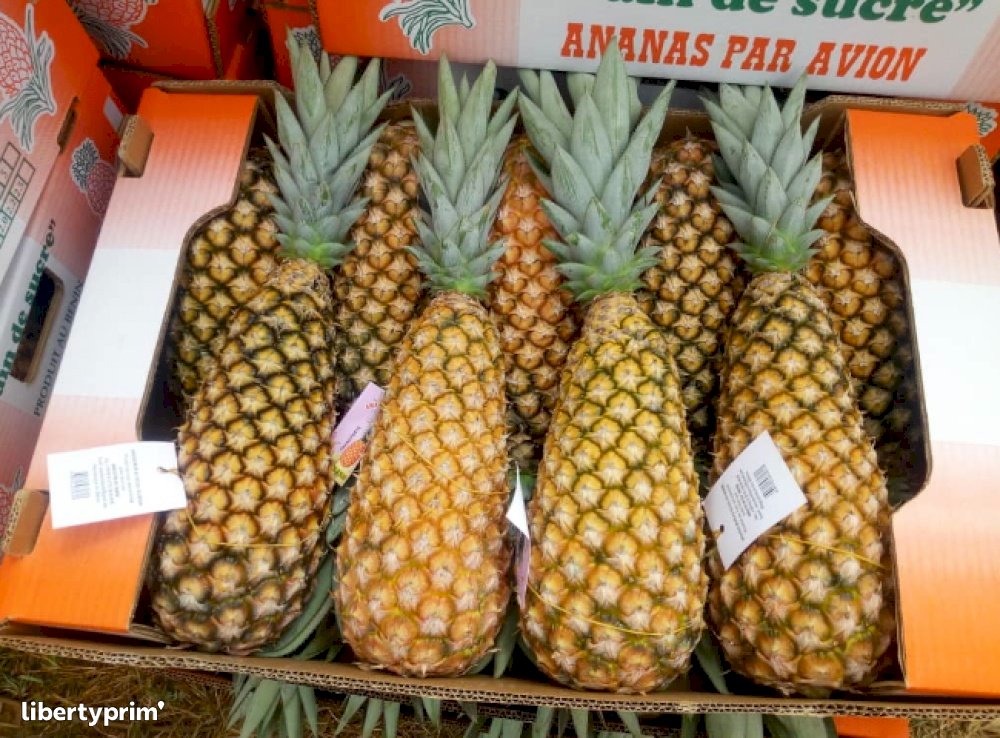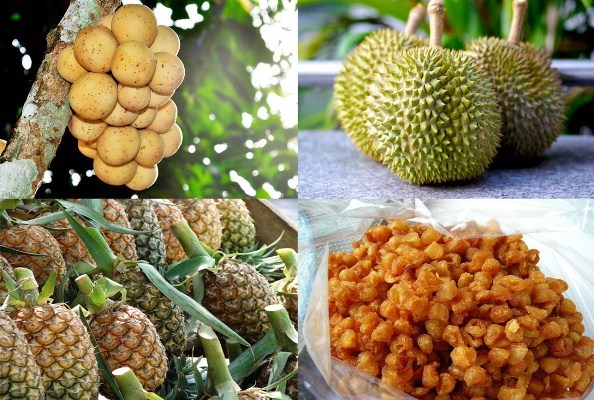Amendments of the OAPI Geographical Indications law: What’s new?
The entry into force of the new OAPI geographical indications law has led to an unprecedented change in geographical indications registration proceedings in the OAPI region. It could be very interesting for users of the system to understand these changes and their implications.
Our analysis will focus on a few essential issues dealt with under the new OAPI geographical indications law, notably trans-border geographical indications, publication of applications, oppositions after the publication of applications, amendment of applications, and amendment of the registration.
1. SUBSTANTIVE CHANGES
1.1. Extension of the notion of producer
The 1999 Bangui Agreement restricted the status of the producer to three categories of individuals namely:
– Farmers or any other person exploiting natural products;

– Manufacturers of products of craft or industry and
– Any person who trades such products.
We however observed that the new geographical indications law, Bangui Agreement, Act of 14th December 2015 has introduced an additional category, processers of natural or agricultural products. This extension of actors displays the willingness of OAPI members states to include every single individual intervening in the geographical indication chain.
1.2. Trans-border geographical indications
The notion of trans-border geographical indication is brand new under the OAPI geographical indications law. Though being an innovation, the new law limits itself to the identification of this category of geographical indications and its filing process with no provisions on ownership and conflict management processes.
2. FORMAL OR PROCEDURAL CHANGES

2.1. Publication of geographical indications applications
The publication of geographical indications applications was not previously provided under the Bangui Agreement of 1999, but it is now possible with the Act of 14th December 2015 Bangui Agreement.
2.2. Oppositions after the publication of applications
The opposition process has undergone tremendous changes namely:
– Oppositions are now filed after the publication of the application. Whereas, under the Bangui Agreement of 1999, oppositions were filed after grant;
– Deadlines to oppose has changed from six to three months;
– Grounds for opposition have been extended.
2.3. Amendment of applications
Another innovation of the new law is the possibility granted to the applicant to amend his application through the registration procedure, in the face of an opposition or an appeal proceeding.
2.4. Amendment of registration
These modifications may concern inter alia:
– The specification of the product, the restriction or extension of the geographical indication or the producers of the product;
Any amendment resulting in a dilution of the link between the product and its region of origin is unacceptable.
KEDI BEH Emmanuel




